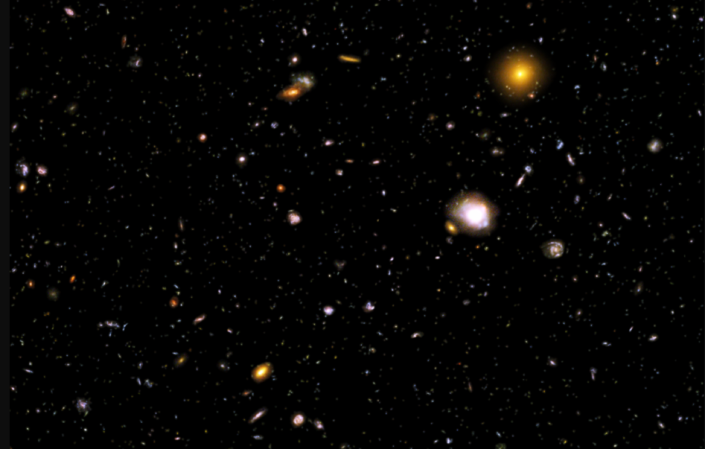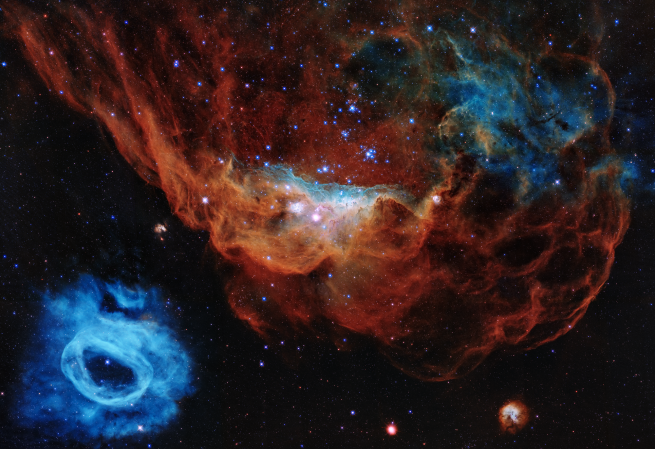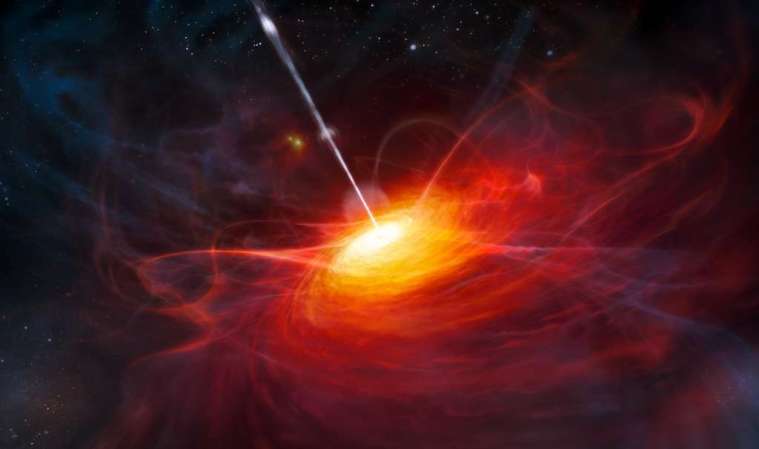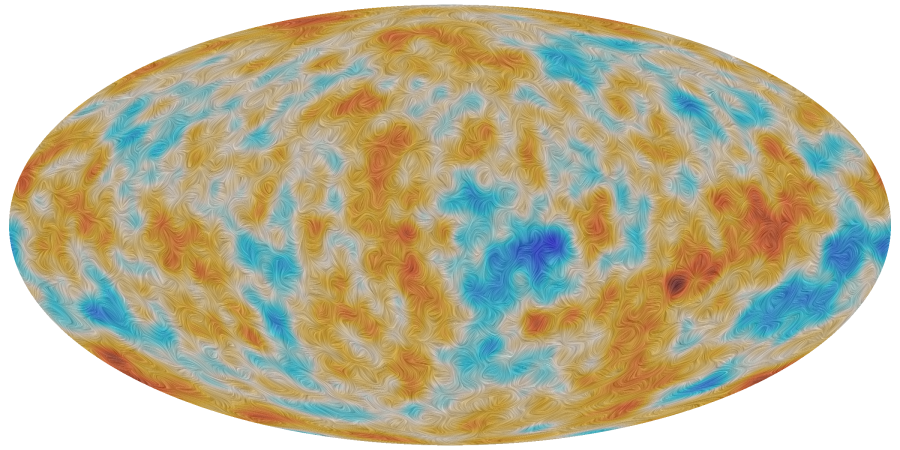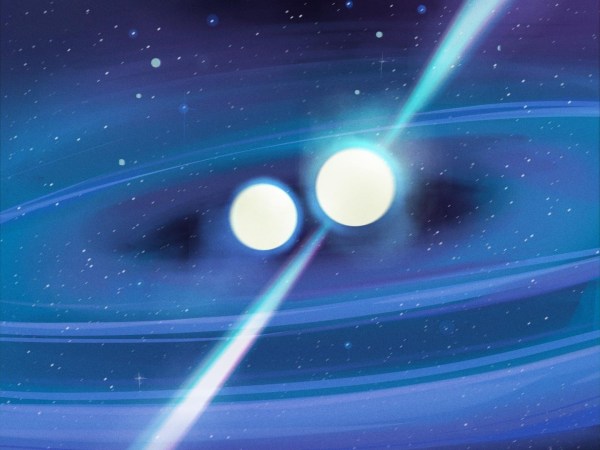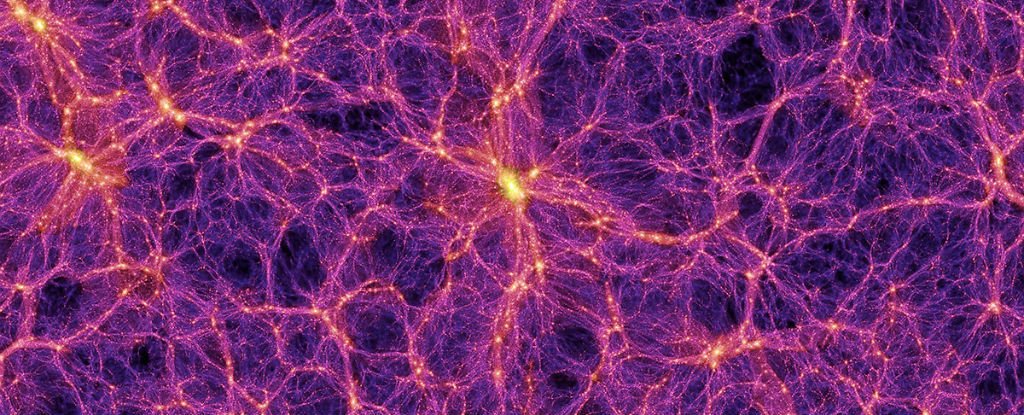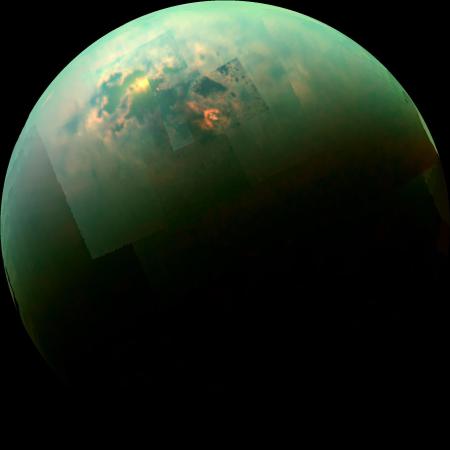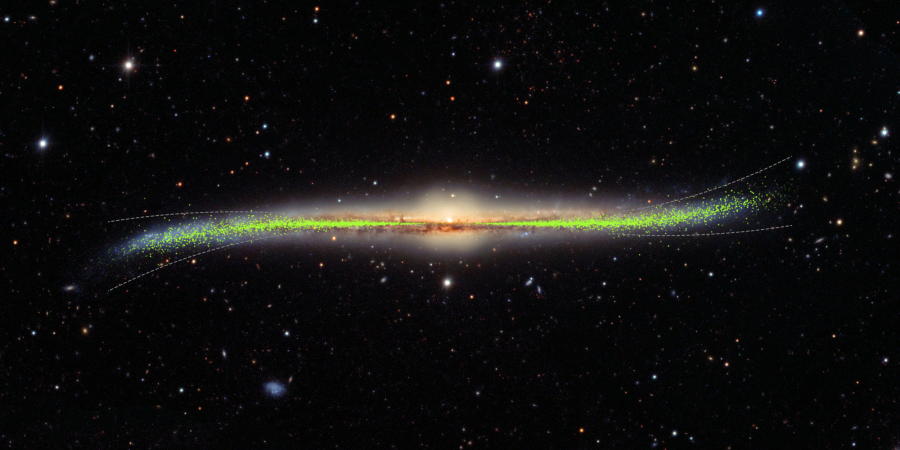

When the universe first began about 13 billion years ago, all of the matter that eventually formed the galaxies, stars, and planets of today was flung around like paint splattering from a paintbrush.
Now, an international group of over 150 scientists and researchers have released some of the most precise measurements ever made of how all of this matter is distributed across the universe. With a map of that matter in the present, scientists can try to understand the forces that shaped the evolution of the universe.
[Related: A key part of the Big Bang remains troublingly elusive.]
The team combined data from the Dark Energy Survey (DES) and the South Pole Telescope, which conducted two major telescope surveys of the present universe. The analysis was published in the journal Physical Review D as three articles on January 31.
In the analysis, the team found that matter isn’t as “clumpy” as previously believed, adding to a body of evidence that something might be missing from the existing standard model of the universe.
By tracing the path of this matter to see where everything ended up, scientists can try to recreate what happened during the Big Bang and what forces were needed for such a massive explosion.
To create this map, an enormous amount of data was analyzed from the DES and South Pole Telescope. The DES surveyed the night sky for six years from atop a mountain in Chile, while the South Pole Telescope scoured the universe for faint traces of traveling radiation that date back to the first moments of our universe.

Scientists were able to infer where all of the universe’s matter ended up and are offering a more accurate matter map by rigorously analyzing both data sets. “It is more precise than previous measurements—that is, it narrows down the possibilities for where this matter wound up—compared to previous analyses,” the authors said.
Combining two different skygazing methods reduced the chance of a measurement error throwing off the results. “It functions like a cross-check, so it becomes a much more robust measurement than if you just used one or the other,” said co-author Chihway Chang, an astrophysicist from the University of Chicago, in a statement.
The analyses looked at gravitational lensing, which occurs when some of the light traveling across the universe can be slightly bent when it passes objects like galaxies that contain a lot of gravity.
Regular matter and dark matter can be caught by this method. Dark matter is an invisible form of matter that makes up most of the universe’s mass, but it is so mysterious that scientists know more about what it isn’t than what it is. It doesn’t emit light, so it can’t be a planet of stars, but it also isn’t a bunch of black holes.
[Related: A key part of the Big Bang remains troublingly elusive.]
While most of the results fit perfectly with the currently accepted best theory of the universe, there are some signs of a crack in the theory.
“It seems like there are slightly less fluctuations in the current universe, than we would predict assuming our standard cosmological model anchored to the early universe,” said analysis coauthor and University of Hawaii astrophysicist Eric Baxter, in a statement.
Even if something is missing from today’s matter models, the team believes that using information from two different telescope surveys is a promising strategy for the future of astrophysics.
“I think this exercise showed both the challenges and benefits of doing these kinds of analyses,” Chang said. “There’s a lot of new things you can do when you combine these different angles of looking at the universe.”
